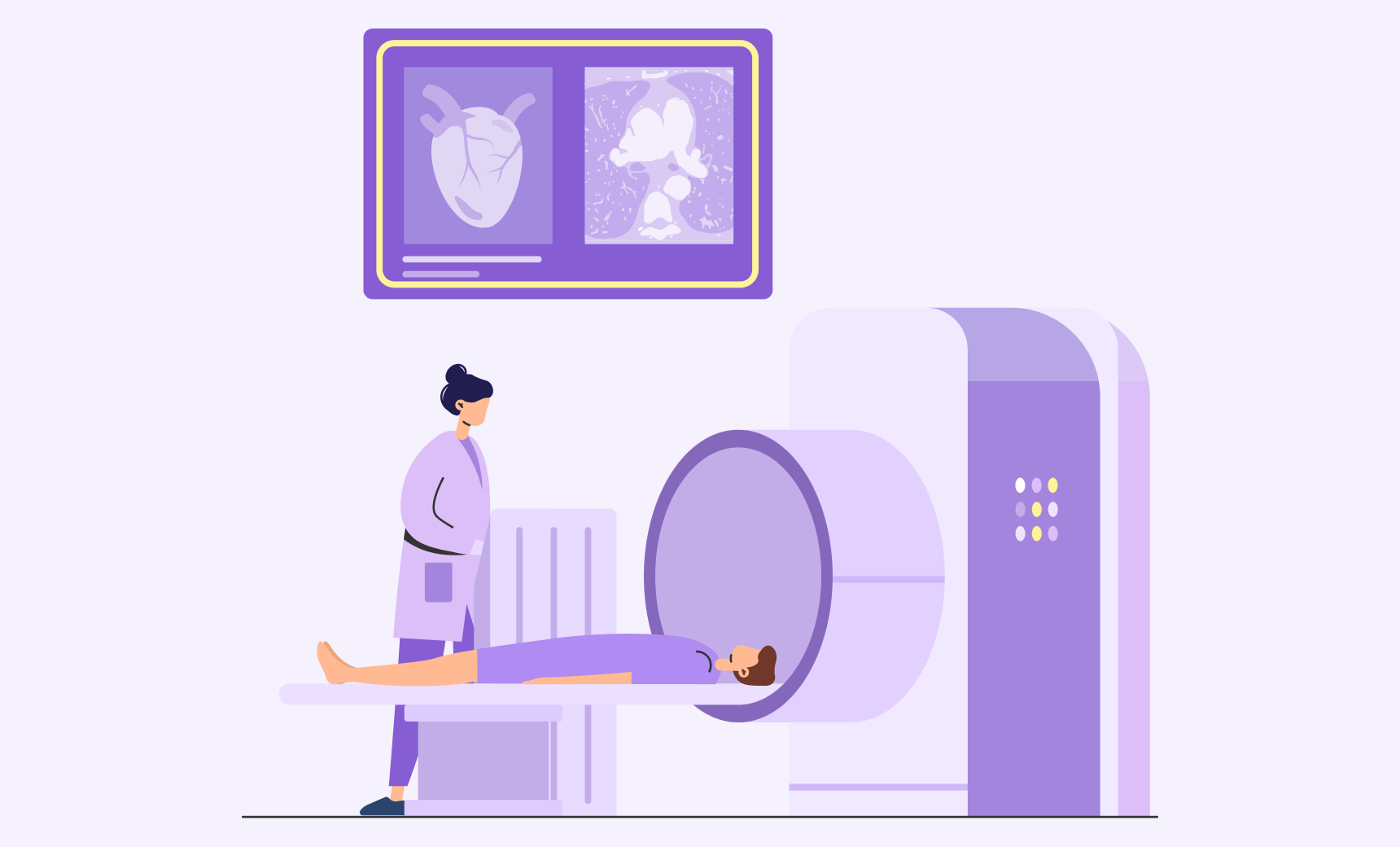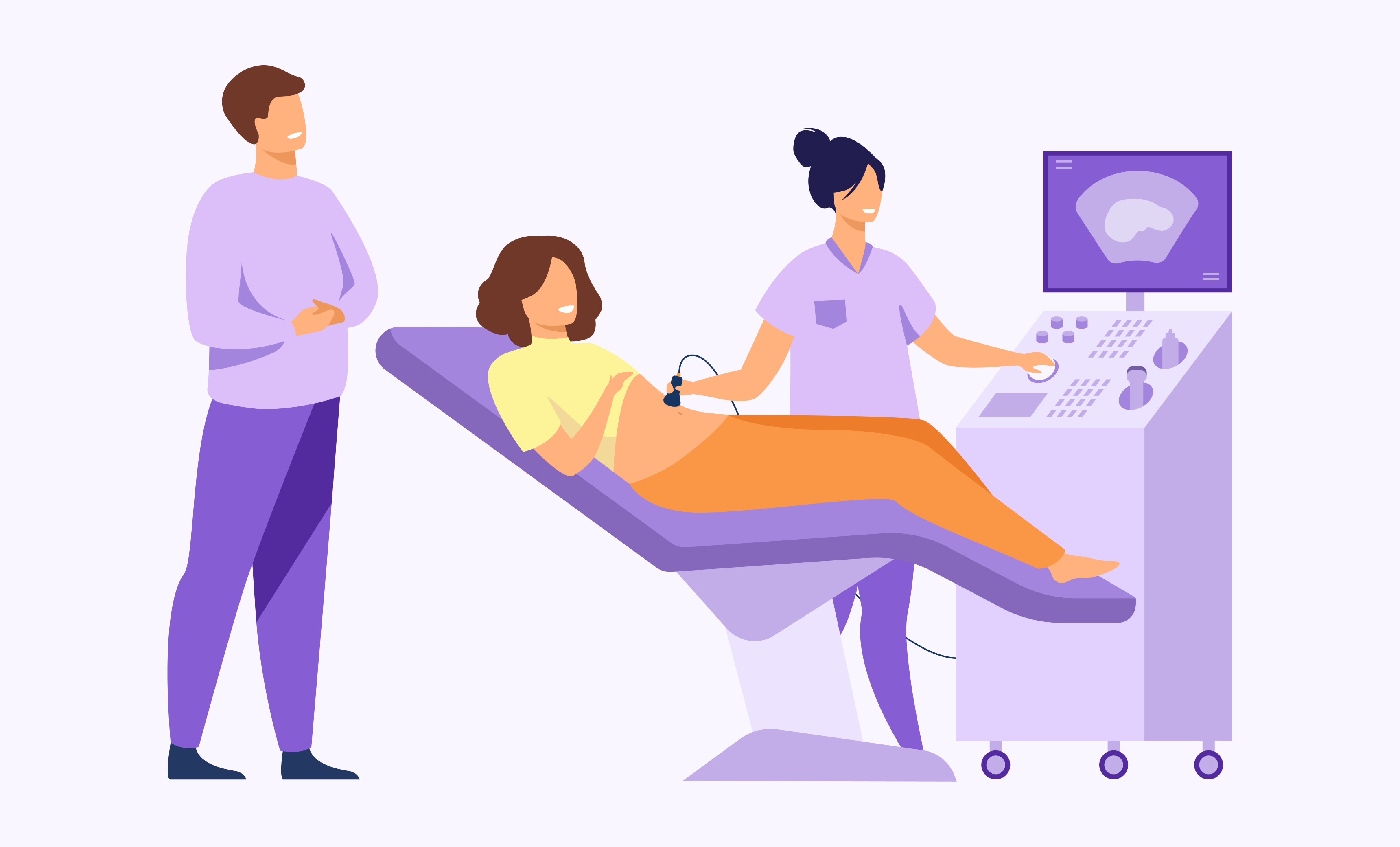
Are You Stuck in Medicare’s Coverage Gap?
What’s the donut hole of Medicare’s prescription drug program? Don’t get your hopes up, there’s nothing sweet about it. If you’re 65 or older and have certain disabilities — such as permanent kidney failure — you’re likely familiar with Medicare’s Part D drug program. And as we head into the second half of the year, you might be getting close to falling into a coverage gap, or the ‘donut hole’ — where you’re expected to pay more out-of-pocket than during your initial drug coverage and the catastrophic drug coverage phase following the gap — or worse, you might already be in it.
The coverage gap is one of the most criticized parts of Medicare Part D. A diabetic patient can get a box of insulin for a $45 copay every 30 days under Medicare’s initial drug coverage. Once their total drug costs exceed a certain amount — about $3,700 this year — they are in the coverage gap (the ‘donut hole’). In the coverage gap, you’re responsible for paying 40% of the cost of brand-name drugs and 51% for generic drugs. That means you’re responsible for paying $150 instead of your usual $45 for insulin once you’re in the gap. Not sweet, right?
So how do you get out of the coverage gap?
 The only way out of the gap is spending a total of $4,950 out-of-pocket. This includes any out-of-pocket expenses during the earlier part of the year (your deductibles and copays), and the manufacturer’s’ contribution for brand-name drugs. If you have expensive medications, reaching that limit is easy. But you’re still spending $4,950 out-of-pocket, plus more after you’re out of the coverage gap. There’s really no win-win situation here. Fortunately, once you reach the total out-of-pocket spent, catastrophic drug coverage kicks in. (Here comes the relief! You’ve made it.) Now you only have to pay 5% out-of-pocket and your insurance will cover 95% of your medication costs. See, now that donut hole analogy makes sense. You get yummy bites of donut initially, nothing in the middle, and more yummy donut bites at the end (yes, you can have a donut once in awhile).
The only way out of the gap is spending a total of $4,950 out-of-pocket. This includes any out-of-pocket expenses during the earlier part of the year (your deductibles and copays), and the manufacturer’s’ contribution for brand-name drugs. If you have expensive medications, reaching that limit is easy. But you’re still spending $4,950 out-of-pocket, plus more after you’re out of the coverage gap. There’s really no win-win situation here. Fortunately, once you reach the total out-of-pocket spent, catastrophic drug coverage kicks in. (Here comes the relief! You’ve made it.) Now you only have to pay 5% out-of-pocket and your insurance will cover 95% of your medication costs. See, now that donut hole analogy makes sense. You get yummy bites of donut initially, nothing in the middle, and more yummy donut bites at the end (yes, you can have a donut once in awhile).
Your Medicare Part D drug program resets at the beginning of each year. So unfortunately, you won’t be able to hold on to that 5% copay for that long. Thanks to the Affordable Care Act in 2010, though, the plan is set to narrow the coverage gap each year, and by 2020, the costs would be no more than 25% for any prescribed drugs (thanks, Obama!). However, that might not be the plan anymore. The recent news of repealing the ACA could mean that the work to close the coverage gap may be halted and even stretched larger.
Being in the gap is challenging, especially for senior citizens. Drug costs rise each year and when combined with the coverage gap, more people will be unable to afford the medications they need than ever before. This could mean, in the future, more patients will stop taking their medications, or take less than prescribed, because they can’t afford them, which can be deadly if they have serious medical conditions. And let’s face it: nothing about healthcare should be deadly if it doesn’t have to be.
LabFinder is a no-cost, online platform for people to easily schedule their medical tests and view results securely. The LabFinder team is passionate about improving the ‘patient and doctor experience’ through better communication, reduce out-of-pocket expenses and making everyone know more about their own medical tests. The mission of LabFinder is simple: we want to be solution to you and get you the test results you deserve so you can make right choices about your health.






LabFinder Team
The LabFinder Editorial Team is behind The Illuminator and The Insider, LabFinder’s consumer and business blogs.
Dr.Robert Segal
Dr. Segal is CEO and co-founder of LabFinder, as well as a board-certified cardiologist. He began practicing medicine in 2002 and has founded several businesses, including Medical Offices of Manhattan and Manhattan Cardiology.